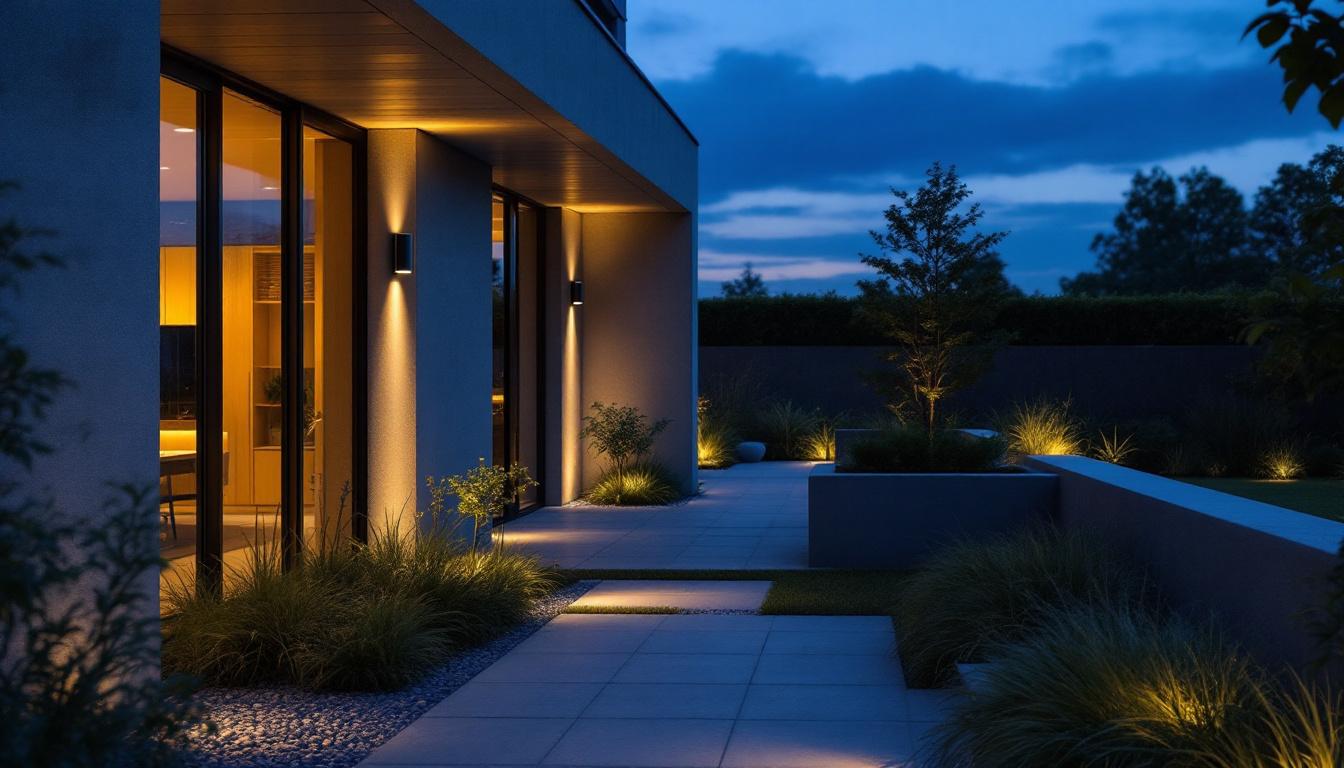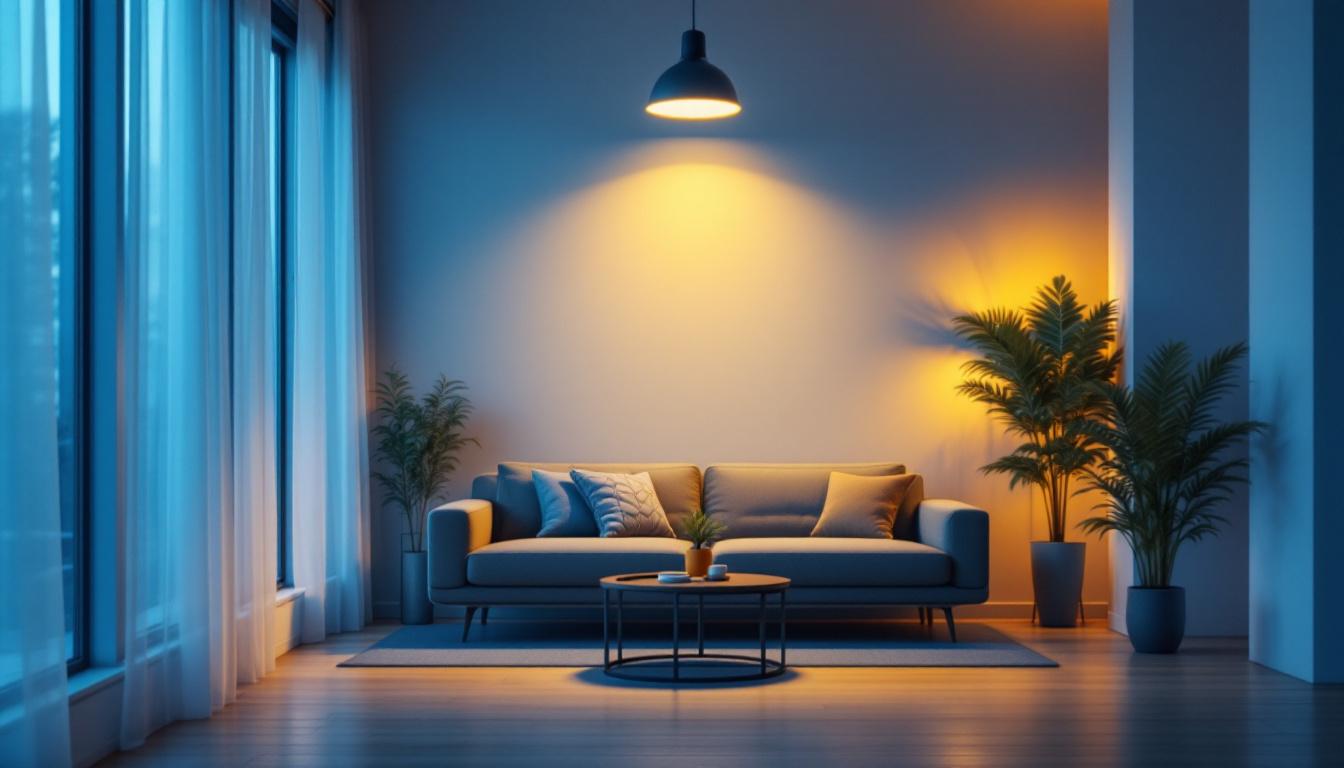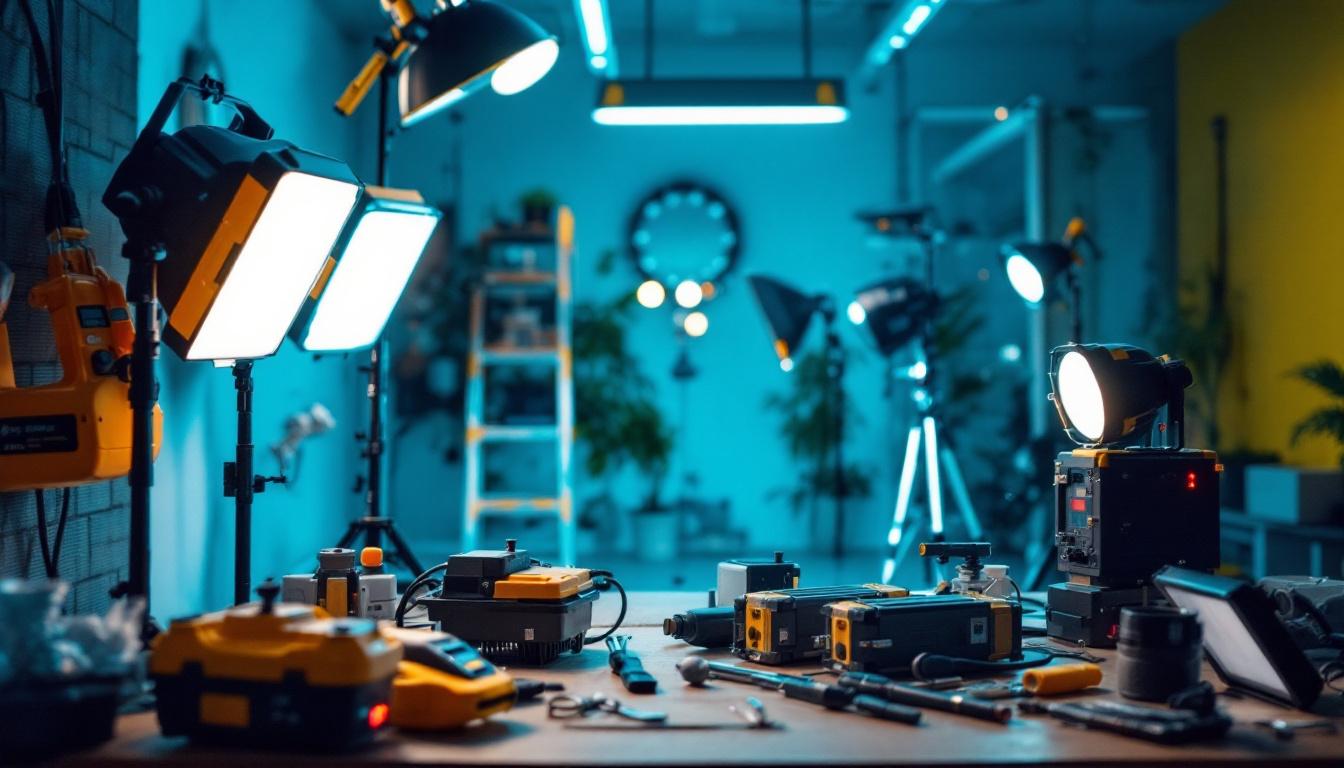
The Phillips F32T8 fluorescent lamp has long been a staple in commercial and industrial lighting projects. Known for its reliable performance and energy efficiency, it remains a popular choice among lighting contractors tasked with delivering cost-effective and durable lighting solutions. However, as lighting technology rapidly evolves, contractors face new challenges in specifying, installing, and maintaining these fixtures.
The F32T8 lamp is a 32-watt, T8-sized fluorescent tube that offers a balance between brightness and energy consumption. It is widely used in offices, schools, healthcare facilities, and retail environments. Despite the rise of LED alternatives, many projects still rely on F32T8 lamps due to their established infrastructure and budget constraints.
For lighting contractors, understanding the nuances of the Phillips F32T8 is essential to navigating project demands and client expectations. This article explores common challenges encountered when working with these lamps and offers practical strategies to overcome them effectively.
One of the primary advantages of the F32T8 is its versatility in various applications. These lamps come in different color temperatures, ranging from warm white to cool daylight, allowing contractors to tailor lighting solutions to specific environments. For instance, a warm white F32T8 can create a cozy atmosphere in a restaurant, while a cooler temperature may be more suitable for a modern office space that requires a bright and alert ambiance. This adaptability not only enhances the aesthetic appeal of a space but also contributes to the overall productivity and comfort of its occupants.
Moreover, the F32T8’s compatibility with existing fixtures makes it a go-to choice for retrofitting projects. Many facilities have already invested in T8 ballast systems, and replacing older fluorescent tubes with the F32T8 can be a straightforward upgrade that maximizes return on investment. Additionally, these lamps are designed to work efficiently with electronic ballasts, which can further improve energy savings and extend the lifespan of the lighting system. As such, understanding the specifications and installation requirements of the F32T8 can empower contractors to deliver effective lighting solutions that meet both performance and budgetary needs.
Energy efficiency remains a top priority for building owners and facility managers, driven by both cost-saving goals and increasingly stringent regulations. While the Phillips F32T8 is more efficient than older fluorescent models, it faces stiff competition from LED lighting, which can reduce energy use by up to 50% or more. This shift towards LED technology is not merely a trend; it reflects a broader commitment to sustainability and environmental stewardship, as businesses strive to minimize their carbon footprints and contribute to a greener future.
Lighting contractors must balance the benefits of installing or retrofitting F32T8 lamps with the long-term operational costs and compliance requirements. Many jurisdictions have adopted energy codes that encourage or mandate the use of high-efficiency lighting solutions, which can impact the viability of traditional fluorescent lamps. Furthermore, the rapid advancement of lighting technology means that what is considered efficient today may quickly become obsolete, compelling contractors to stay ahead of the curve and be proactive in their recommendations to clients.
To address this challenge, contractors should:
Additionally, contractors should consider fostering partnerships with manufacturers and suppliers who prioritize innovation in energy-efficient lighting technologies. By collaborating with these stakeholders, they can gain access to cutting-edge products and resources that enhance their service offerings. Engaging in community outreach and educational programs can also raise awareness about the benefits of energy-efficient lighting, helping to drive demand and establish a reputation as a leader in sustainable practices within the local market.
Moreover, as the landscape of energy efficiency continues to evolve, contractors should be prepared to adapt their strategies accordingly. This may involve investing in new tools and technologies that facilitate better project management and installation processes, as well as exploring financing options that can make energy-efficient upgrades more accessible to a broader range of clients. By embracing a forward-thinking approach, contractors can not only navigate the complexities of energy efficiency and regulatory compliance but also position themselves for long-term success in a rapidly changing industry.
Despite their widespread use, F32T8 lamps require careful installation to maximize lifespan and performance. Improper handling or wiring can lead to premature lamp failure, flickering, or reduced light output. Additionally, compatibility with ballasts is critical; mismatched or outdated ballasts can cause inefficiencies and maintenance headaches.
Lighting contractors often encounter challenges when working in older buildings where existing fixtures may not support newer lamp technologies or when retrofitting is necessary without a full replacement.
Maintaining F32T8 lighting systems involves routine inspections and timely replacements to prevent downtime and maintain consistent illumination. Common issues include ballast degradation, lamp flicker, and color shifts over time.
Contractors can improve maintenance outcomes by:
The lighting industry is undergoing a significant transformation as LED technology gains dominance. This shift has impacted the availability and pricing of fluorescent lamps, including the Phillips F32T8. Contractors may face longer lead times, fluctuating costs, or discontinued product lines, complicating project planning and execution.
Furthermore, global supply chain disruptions have heightened the unpredictability of sourcing components, making it essential for contractors to adopt flexible procurement strategies.
To overcome supply chain challenges, contractors should consider:
Clients increasingly demand lighting solutions that not only meet functional requirements but also support sustainability goals and occupant well-being. The Phillips F32T8 offers good color rendering and consistent light output, but it may fall short compared to advanced LED systems in terms of longevity and environmental impact.
Lighting contractors must articulate the trade-offs between traditional fluorescent lamps and newer technologies, helping clients make informed decisions aligned with their priorities.
Effective communication and education are key. Contractors can:
Smart lighting technologies, such as occupancy sensors, daylight harvesting, and networked controls, are transforming how buildings manage illumination. Integrating these systems with existing F32T8 fixtures can be complex but offers significant benefits in energy savings and user comfort.
Lighting contractors can facilitate this transition by:
The Phillips F32T8 fluorescent lamp remains a valuable component in many lighting projects, but contractors must navigate a complex landscape of energy efficiency demands, installation challenges, supply chain uncertainties, client expectations, and technological advancements.
By adopting a proactive and informed approach—emphasizing energy audits, maintenance best practices, supply chain resilience, client education, and smart technology integration—lighting contractors can overcome these challenges and deliver high-quality, sustainable lighting solutions that meet the evolving needs of their clients.
Staying current with industry trends and maintaining strong partnerships with manufacturers and suppliers will further empower contractors to leverage the strengths of the Phillips F32T8 while preparing for the future of lighting.
Ready to elevate your lighting projects with the best in quality and value? Look no further than LumenWholesale, where we specialize in providing contractors with spec-grade lighting products at unbeatable wholesale prices. Say goodbye to middleman markups and hello to a vast selection of reliable, high-performance lighting that meets the highest industry standards. Plus, with the convenience of free shipping on bulk orders, you can enjoy premium lighting solutions at the best price, without any hidden fees. Make your next project shine and experience the perfect blend of quality, affordability, and convenience with LumenWholesale.

Discover essential tips and best practices for lighting contractors transitioning from ballast to LED systems.

Discover how LED external flood lights can transform your lighting projects into sustainable, energy-efficient solutions.

Discover how 8-inch LED downlights can revolutionize your lighting projects by boosting efficiency and reducing costs.

Discover the essential role of ballasts in lighting systems with our quick tips tailored for contractors.